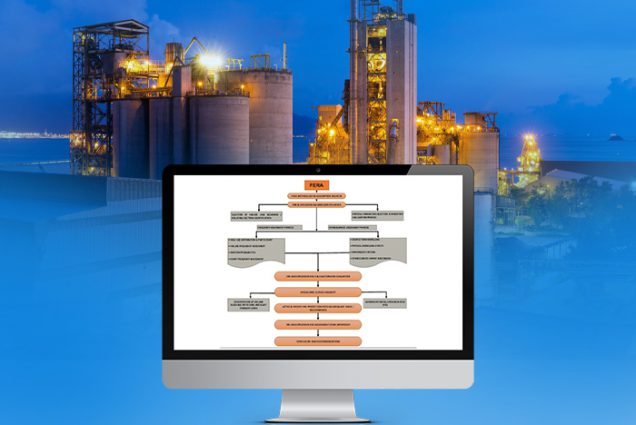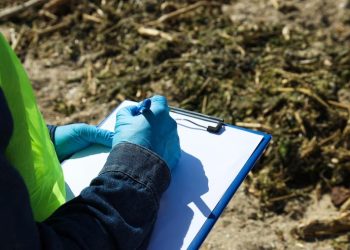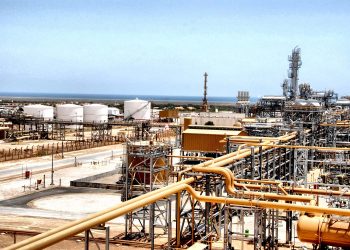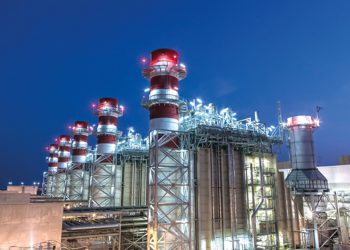Fire and Explosion Risk Assessment (FERA)
Fire and Explosion Risk Assessment (FERA Study) is a structured and systematic process to identify and assess risks from fire and explosion hazards. The results of this assessment are used to ensure safe facility layouts, specify passive and active fire protection requirements, and to provide input for Escape and Evacuation Risk Assessment (EERA, Emergency Systems Survival Assessment (ESSA), Building Risk Assessment (BRA) and Quantitative Risk Assessment (QRA) studies.
Fire and Explosion Risk Assessment (FERA Study) comprises quantification of the probability of fire and explosion accidental events, and their consequences. FERA shall quantify risks to the asset associated with events caused by Loss of Containments (LOCs).










